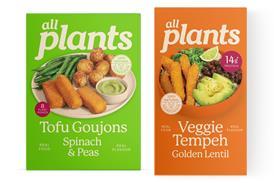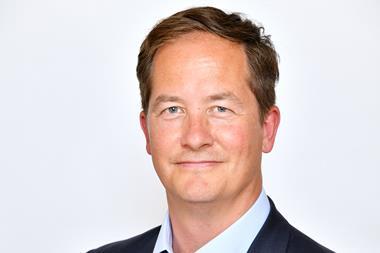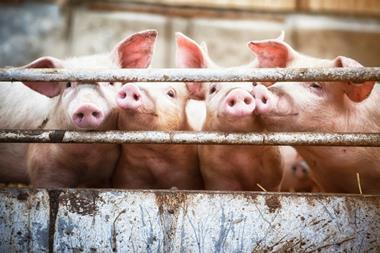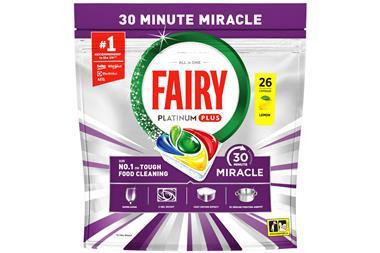This has been an important week in the obesity debate, with new research based on the latest figures (up to 2007) showing that a 30-year rise in child obesity has been reversed. It is, as Evan Davis said on the Today programme, a rare example of a good news story.
It's clearly good news for the NHS and the taxpayer. Fat people cost this country a lot of money, especially those that don't simply (and quickly) drop dead. It's good news, too, for the food and drink industry.
I don't want to suggest it is blameless, or that obesity isn't still a problem, but it is galling when the industry's efforts are dismissed with a sensational but, as we predicted, erroneous forecast.
Above all it's good news for common sense. You don't need a degree in statistics to realise that projections for the future cannot be made on the basis of past trends or house prices would still be rising, the banks would not have been bailed out, and one in every six shops on the high street would be a Starbucks (to name but three previous predictions).
But what about the FSA? Can it claim the glory for the improvement? Well, not really: traffic lights didn't enter the mainstream until 2007 and the Nutrient Profiling Model was enshrined in Ofcom advertising law in the same year.
And there was more bad news from a separate research paper on the effectiveness of the traffic-light labelling system developed by the FSA. Conducted by scientists including, significantly, FSA adviser Dr Mike Rayner, the conclusion was that traffic lights basically don't work.
Unfortunately, the study didn't include in its remit an examination of Guideline Daily Amounts, the rival labelling scheme, but I suspect the results would be similarly humbling.
With the FSA failing to reach a consensus while retailers tried to score points over one another the public has mostly ignored the labels and got (slightly) slimmer anyway.
More Comment & Opinion
It's clearly good news for the NHS and the taxpayer. Fat people cost this country a lot of money, especially those that don't simply (and quickly) drop dead. It's good news, too, for the food and drink industry.
I don't want to suggest it is blameless, or that obesity isn't still a problem, but it is galling when the industry's efforts are dismissed with a sensational but, as we predicted, erroneous forecast.
Above all it's good news for common sense. You don't need a degree in statistics to realise that projections for the future cannot be made on the basis of past trends or house prices would still be rising, the banks would not have been bailed out, and one in every six shops on the high street would be a Starbucks (to name but three previous predictions).
But what about the FSA? Can it claim the glory for the improvement? Well, not really: traffic lights didn't enter the mainstream until 2007 and the Nutrient Profiling Model was enshrined in Ofcom advertising law in the same year.
And there was more bad news from a separate research paper on the effectiveness of the traffic-light labelling system developed by the FSA. Conducted by scientists including, significantly, FSA adviser Dr Mike Rayner, the conclusion was that traffic lights basically don't work.
Unfortunately, the study didn't include in its remit an examination of Guideline Daily Amounts, the rival labelling scheme, but I suspect the results would be similarly humbling.
With the FSA failing to reach a consensus while retailers tried to score points over one another the public has mostly ignored the labels and got (slightly) slimmer anyway.
More Comment & Opinion















No comments yet